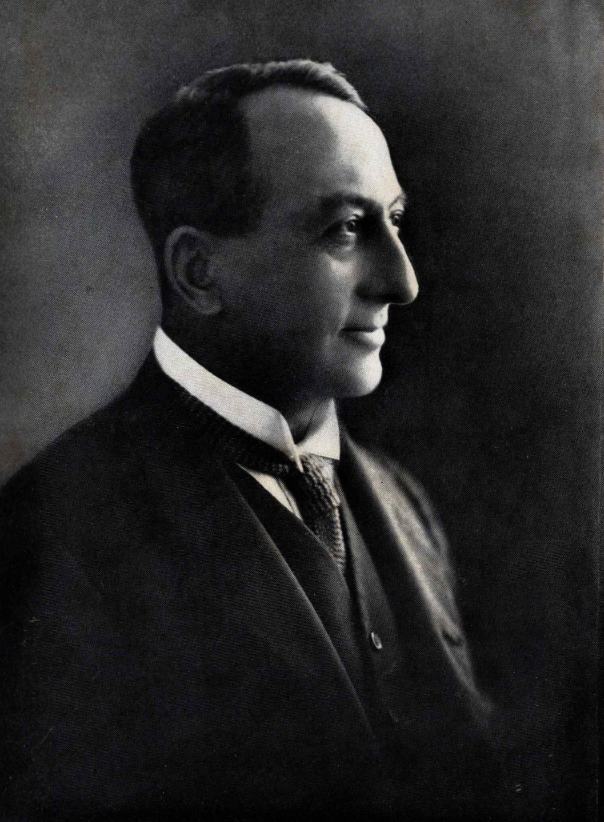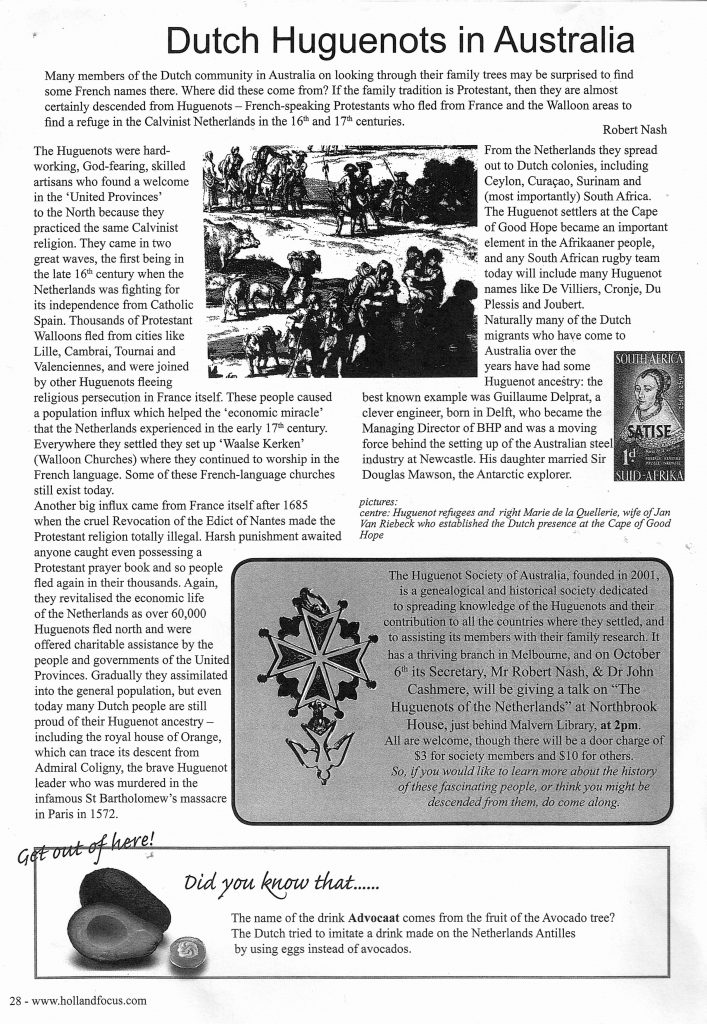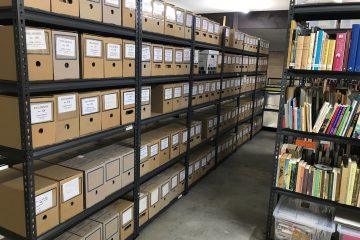
Guillaume Daniel Delprat was a metallurgist, businessman and mining engineer. He was born in Delft on 1 September 1856 to Major General Felix Albert Theodore Delprat (1812-1888; later the Dutch minister of war) and Elisabeth Francina, née van Santen Kolff. After completing high school in Amsterdam, Delprat began an engineering apprenticeship in Scotland in 1873. Finishing this in 1877, Delprat returned to the Netherlands where he apparently supported a physics professor at the University of Amsterdam.
In September 1879 Delprat married Henrietta Maria Wilhelmina Sophia Jas, with whom he would go on to have seven children: five daughters and two sons. That same year, Delprat began a mining career in Spain, working at the Tharsis Sulphur and Copper Mines. However, he only stayed at Tharsis for three years, moving on from the company in 1881 to become general manager of Bede Metal Co.’s Spanish business interests. In subsequent years he maintained a consulting interest and published several publications. By the mid-1890s, Guillaume Delprat had become an authority on mining. During this time he came to the attention of Australian mining company Broken Hill Proprietary Co. Limited (now simply known as B.H.P.).
Delprat and BHP
In 1898, Delprat accepted an offer to become assistant general manager of B.H.P., based in Adelaide. He migrated to Australia in September that year, followed four months later by his wife and five of their children. The family initially lived in Broken Hill then moved to Adelaide in 1904, where they lived for almost a decade before relocating to Melbourne.

In the early 1900s, Delprat revolutionised sulphide ore treatment through developing what came to be called the Potter-Delprat flotation process. This process turned previously discarded tailings into profitable resources. He shifted B.H.P.’s focus to zinc and sulphur, expanded production, and prepared for the depletion of the Broken Hill mine by relocating smelters to Port Pirie and building Iron Knob railways. His most significant achievement came in 1911 when he championed the creation of a steelworks at Newcastle, securing support from both the Commonwealth and New South Wales governments, and selecting American steel-making technology, which proved crucial during World War I.
Although Delprat resigned as general manager of B.H.P. in 1921, he continued as a consultant. He believed B.H.P. had a responsibility to reinvest in Australia’s future, particularly through the development of a steel industry. His focus on high-quality steel production and the establishment of Newcastle as a steel hub laid the foundations for B.H.P.’s future dominance in the Australian industrial sector. One of the mining shafts at Broken Hill is named after Guillaume Delprat. Sunk in 1900, the Delprat shaft was used until about 1976, when it closed before reopening some ten years later as a tourist shaft. It operated in this capacity for thirty years before closing again in 2007.
Awards and recognition
In 1935 Guillaume Delprat was awarded the first Australasian Institute of Mining and Metallurgy Prize and he became an honorary member of the American Institute of Mining and Metallurgical Engineers in the same year. Delprat passed away in Melbourne on 15 March 1937. He was posthumously inducted into the Australian Mining Hall of Fame in Kalgoorlie on 17 November 2003 in recognition of his work as a metallurgist.
Sources on Delprat
Guillaume Delprat’s story is recounted in the book A Vision of Steel, written by his daughter Paquita, who married Antarctic explorer and geologist Sir Douglas Mawson. The book also contains an interesting foreword by Sir Robert Menzies, the 12th prime minister of Australia.
The book was reviewed in the Dutch Australian Weekly of 13 June 1958, in an article titled ‘The story of a Dutch mining engineer’:

Additionally, references to Delprat appear in The BHP Review and the The Industrial History of Broken Hill, a book written from the perspective of the union movement. In the following section of this book, Delprat is at one stage referred to as ‘Delly’.

Interestingly, the Holland Focus article below refers to Delprat as the best-known example of a Dutch Huguenot immigrant.

See also:
- Entry for Guillaume Daniel Delprat in the Australian Dictionary of Biography
- Entry for Guillaume Daniel Delprat in the Encyclopedia of Australian Science and Innovation
- Delprat Shaft
- Papers of Guillaume Daniel Delprat at the National Library of Australia
- Delprat’s Australasian Institute of Mining and Metallurgy Prize in the Museums Victoria collection
- Entry for Guillaume Daniel Delprat in the American Institute of Mining, Metallurgical, and Petroleum Engineers database
- See other personal stories


